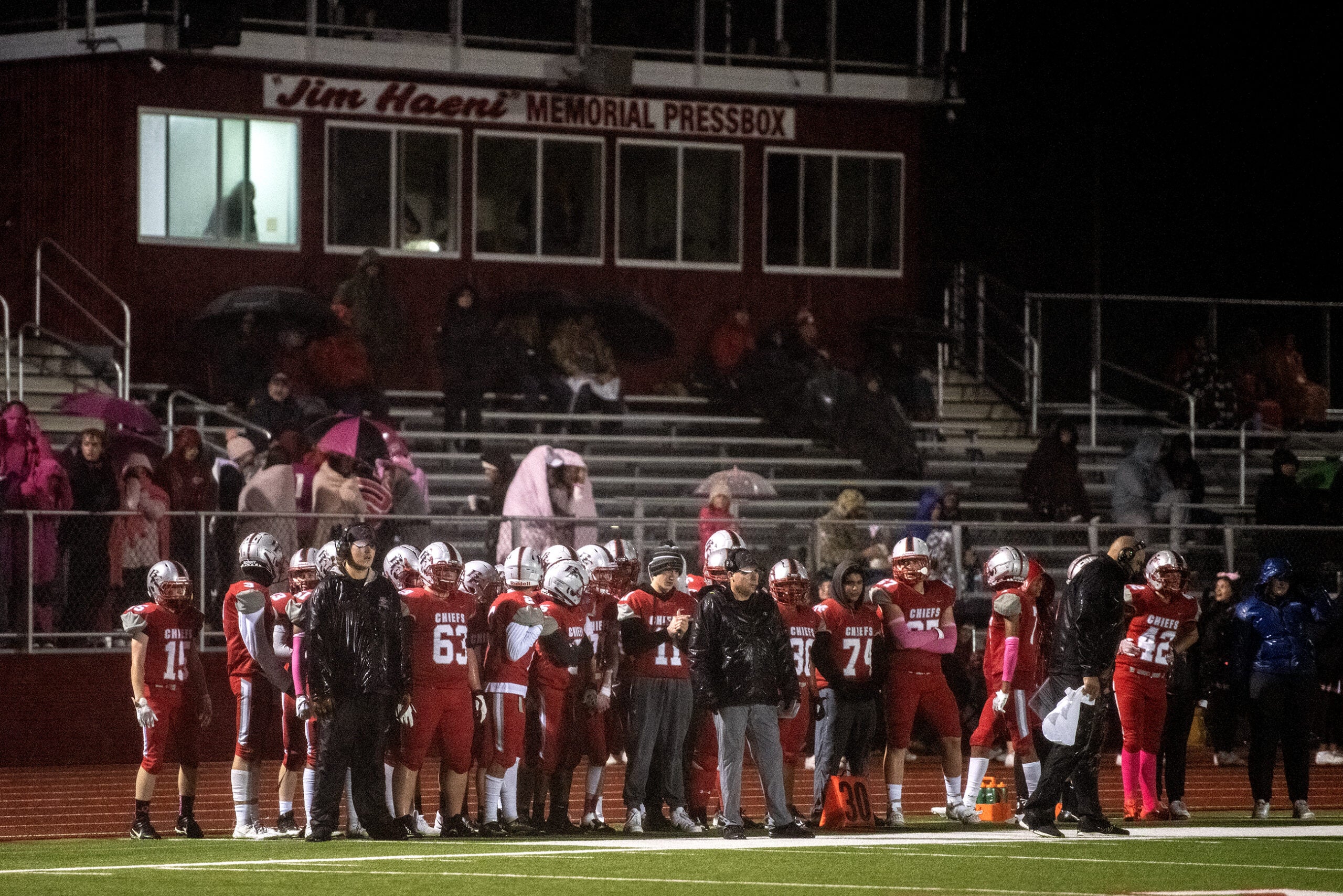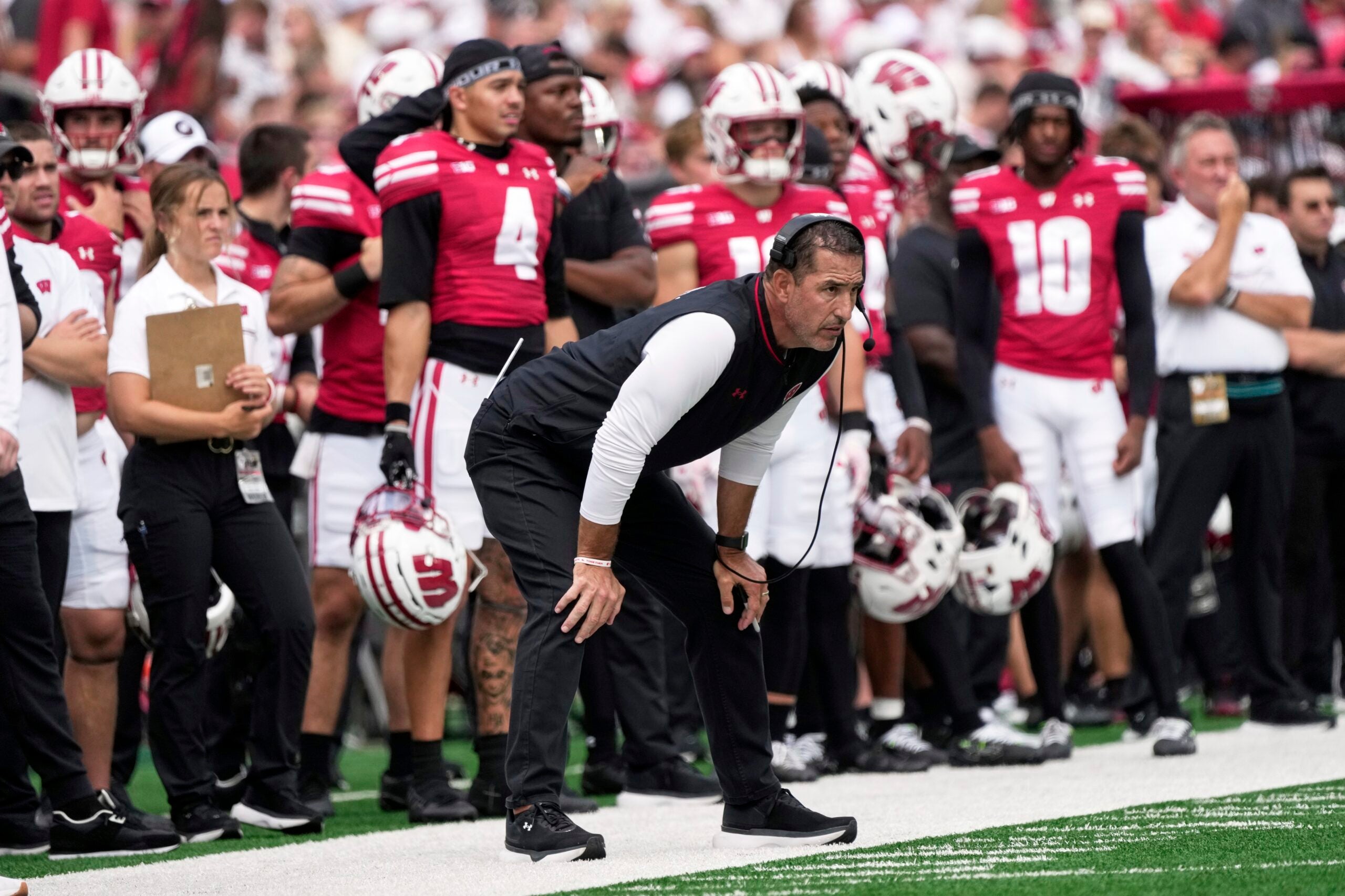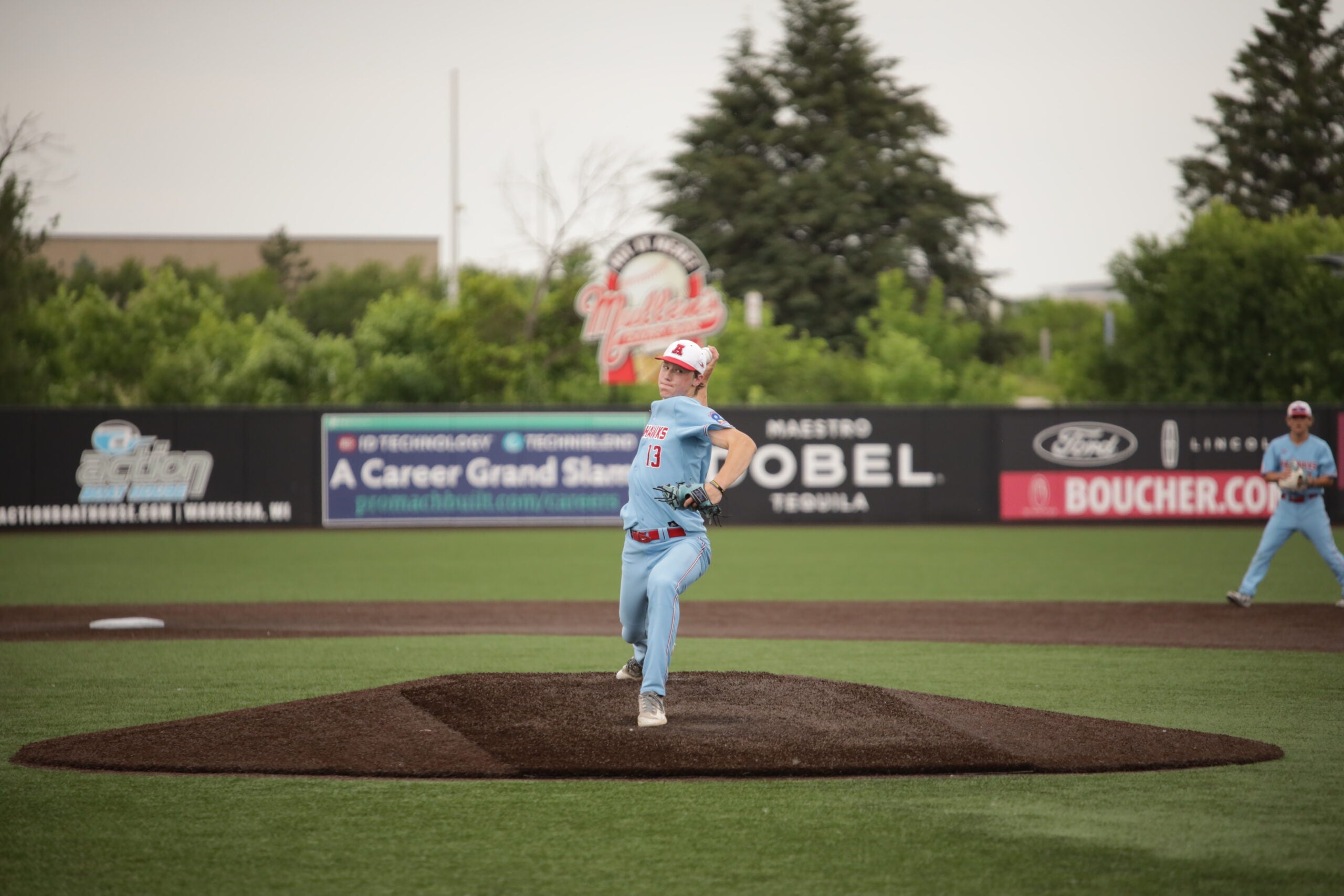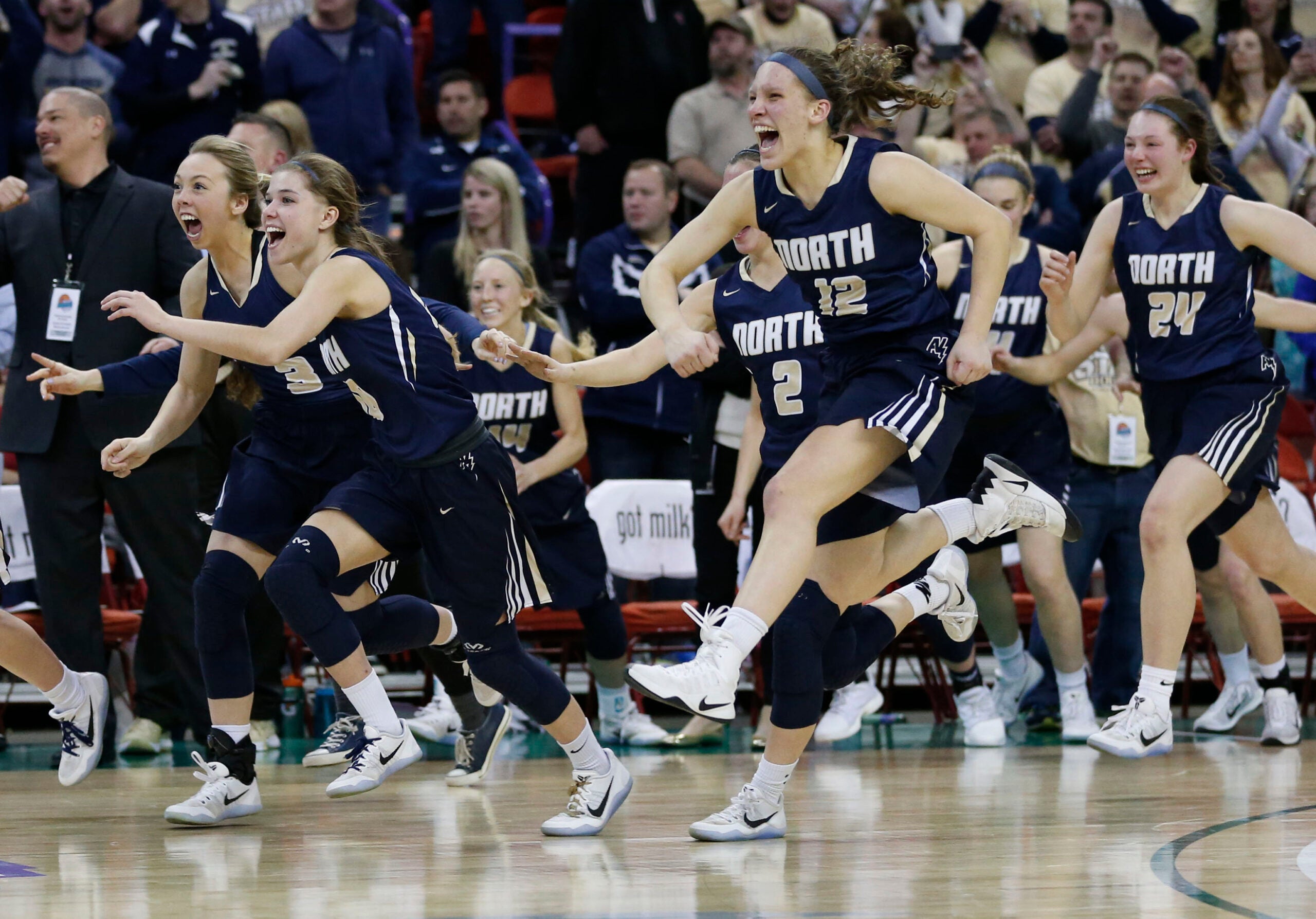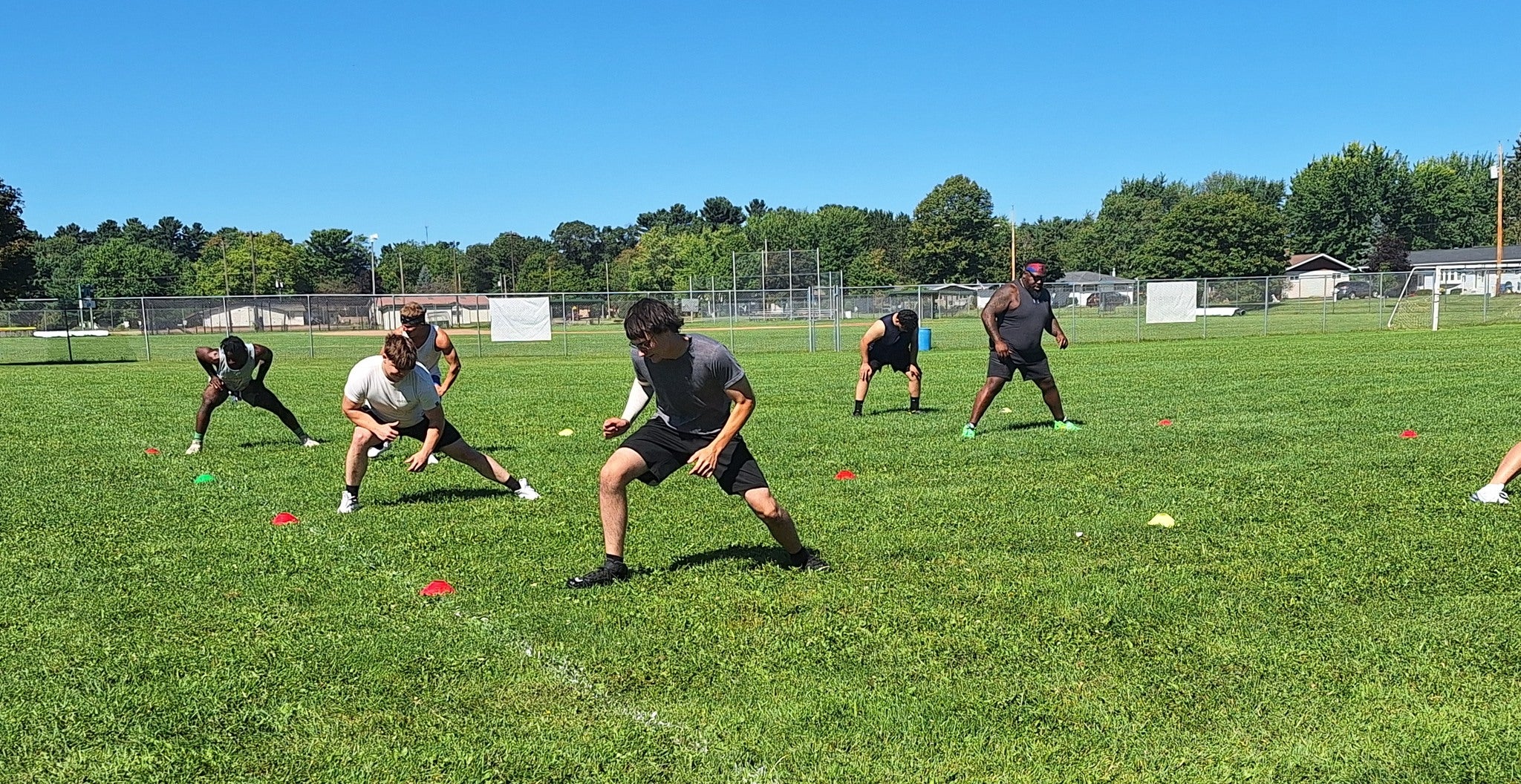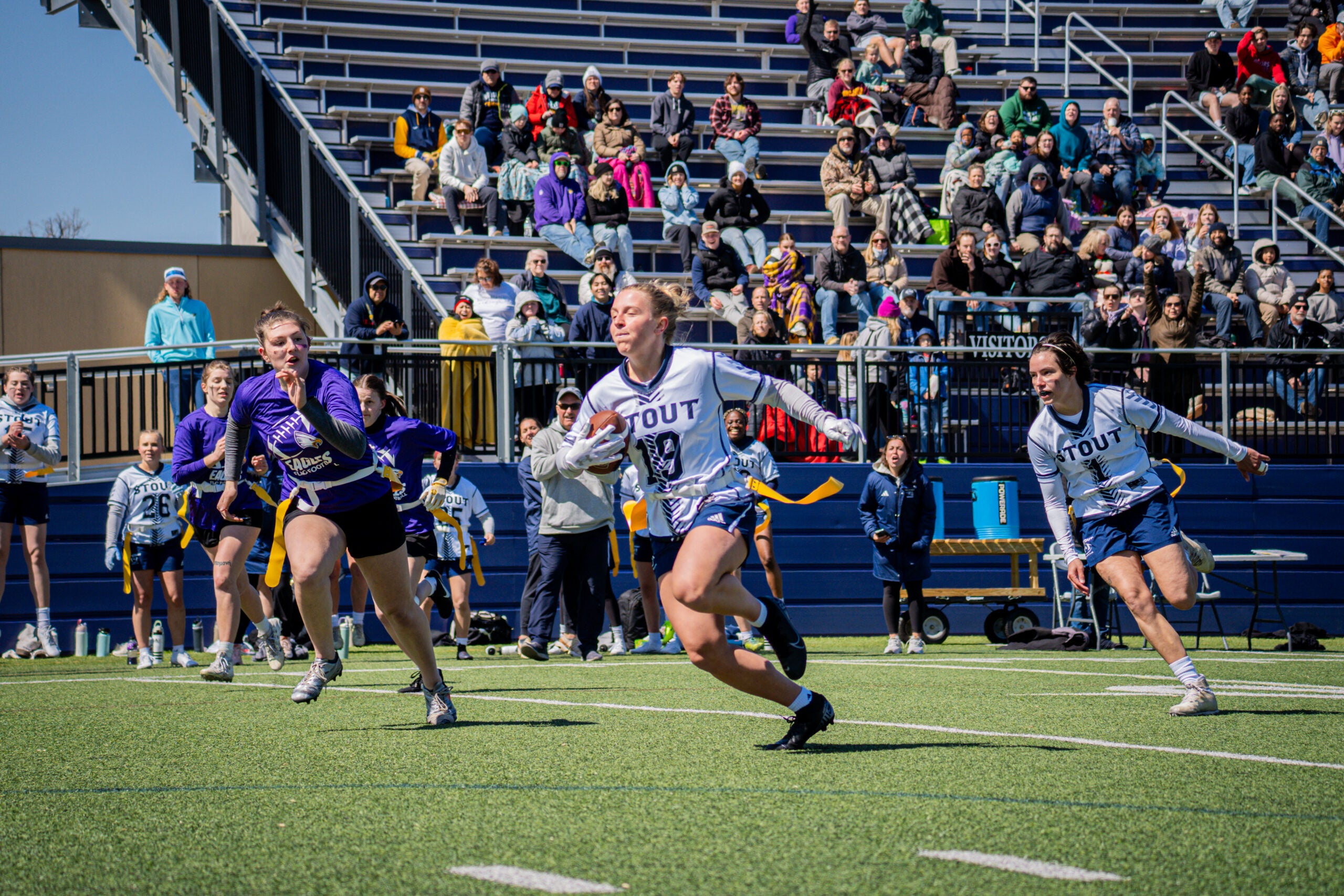It’s homecoming at Big Foot High School in Walworth County, and the stands are packed with parents and students gathered to watch their team crush Monroe High School.
The school’s cheerleaders and marching band are belting out familiar chants and melodies before the game. During half-time, people rush to grab concessions and the homecoming court is announced.
It’s mostly business as usual.
News with a little more humanity
WPR’s “Wisconsin Today” newsletter keeps you connected to the state you love without feeling overwhelmed. No paywall. No agenda. No corporate filter.
Except this year, the Friday night lights are shining down on the boys’ varsity soccer team.
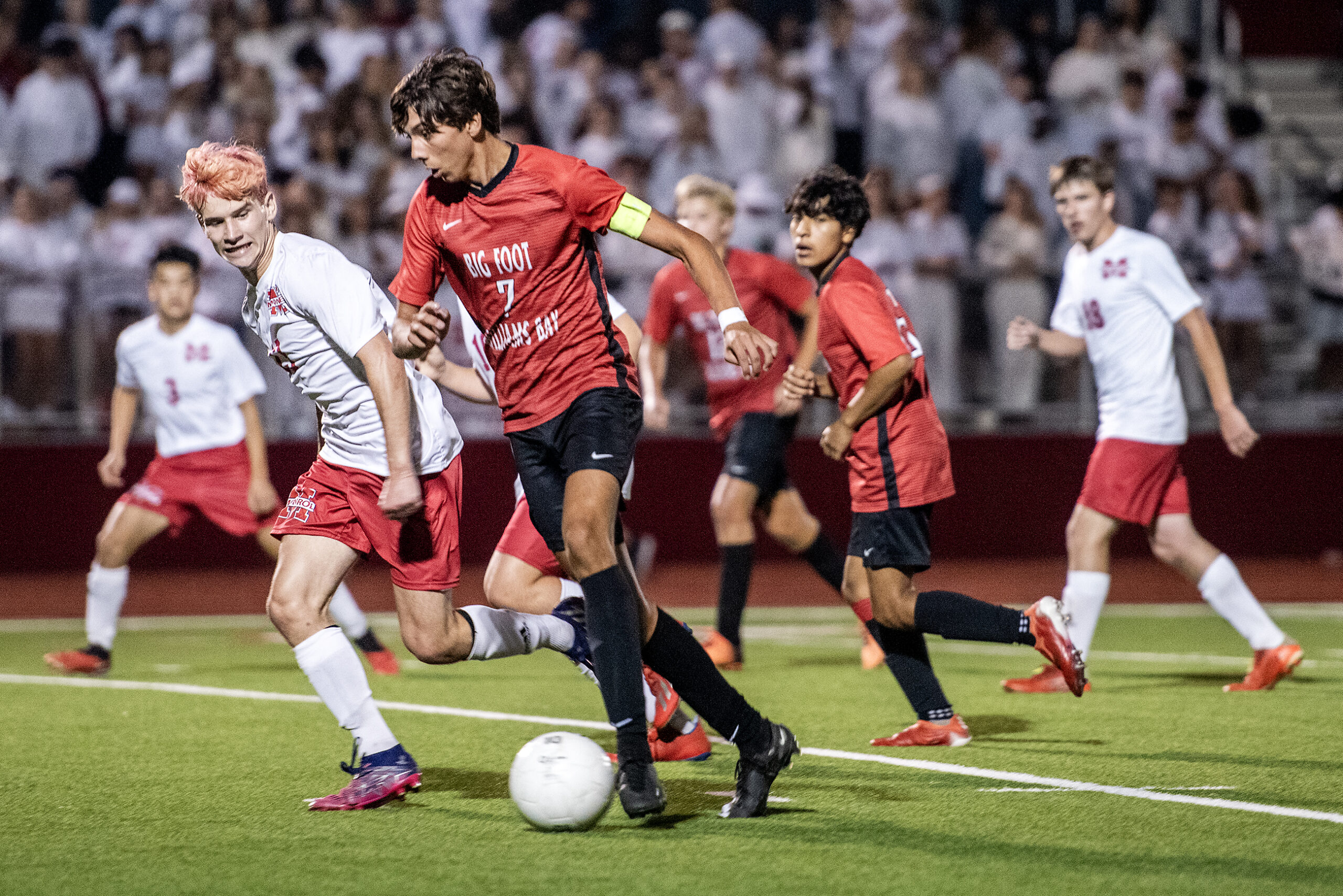
Big Foot’s homecoming football game and the two games leading up to it were canceled. The school only has six seniors on its football team, and key players got hurt.
District administrator Doug Parker said ideally, each class would have about 15 football players. But over the last several seasons, fewer kids are playing. It made canceling the game feel like the only safe option.
“If we had JV kids eligible to play, we would — but we’re not going to put a 5-foot-1, 110-pound freshman on a varsity football field, just to play a varsity game,” Parker said.
Big Foot is not alone. Across Wisconsin, high school football teams have had to forfeit games this season. Participation in the sport has declined for the last decade – and this year, some schools are finding they no longer have enough back-up players to finish out their season.
Wisconsin saw a nearly 25 percent decrease in participation in 11-player football from 2009 to 2019, which is the most recent data available from the National Federation of State High School Associations. The state has seen the biggest decline in high school football participation in the country, according to the association.
In the 2008-09 season, 433 Wisconsin high schools had 11-player football teams with 30,823 total players. During the 2018-19 season, 388 schools had football teams with 23,154 total players.
In the fall of 2013, some Wisconsin schools started fielding eight-player football teams.
Especially for smaller schools in rural areas, the smaller teams can be a way to maintain the sport even as fewer kids want to participate. In the 2013-14 school year, 379 players were part of eight-player football teams. In 2018-19, that was up to 646, according to the national association. But the increase in the scaled-down version of the sport exists in large part because participation in 11-player football has declined.
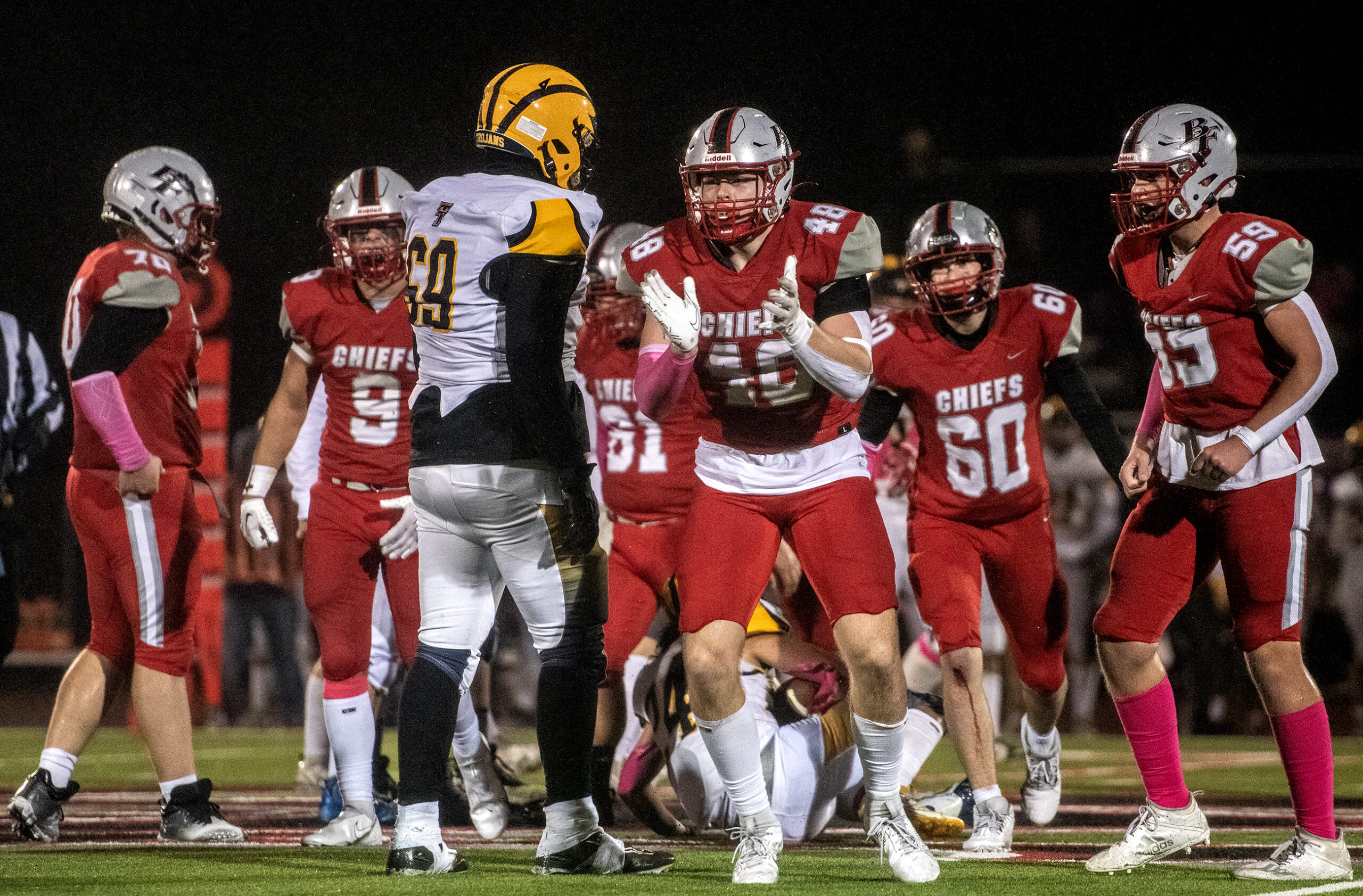
What’s causing the drop?
There is probably not a single reason for the decline.
Experts said one factor could be anxiety about concussions. In some cases, boys may be choosing to play a different fall sport such as soccer or volleyball. And some decline in participation may be because many high schoolers prefer screens to sports.
In Wisconsin, boys’ soccer participation is up about 4 percent over the last decade, while boys’ volleyball is up about 20 percent. But those fall sports still draw far fewer players than football.
Most other states have seen a decrease in football participation too, including Alaska, Washington and New York, according to the national federation.
But Texas and six other states have seen slight increases in player participation.
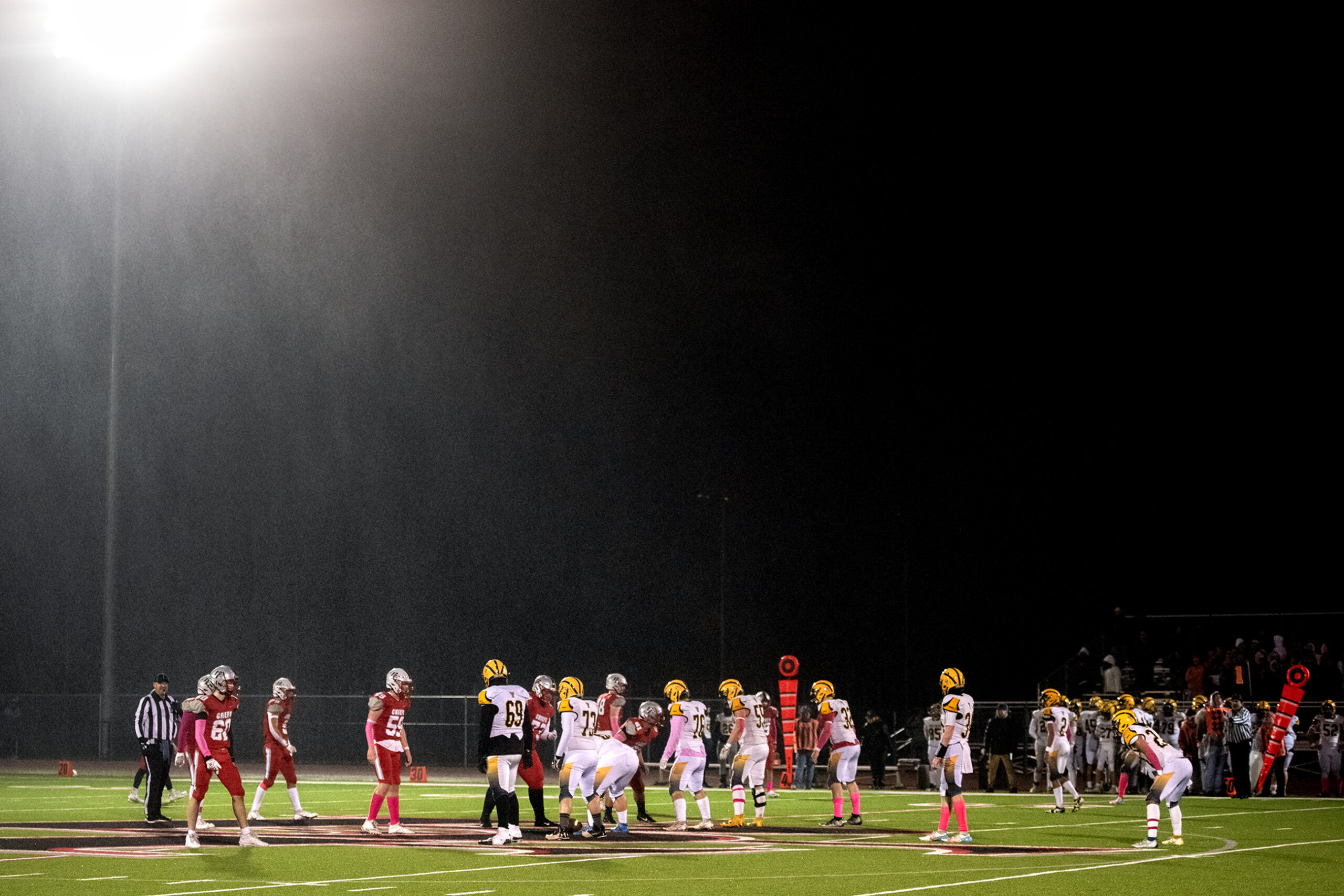
Karissa Niehoff, chief executive officer of the federation, believes when new participation numbers are released, football will be at the top of its game.
She said nationally, the number of high school students playing football has increased 5.6 percent over the last year to more than 1.3 million players.
“Overall, interest in the sport of football is healthy,” Niehoff said. “We’re not sure what is happening in Wisconsin.”
Todd Clark, a spokesperson for the Wisconsin Interscholastic Athletic Association, pointed out that public school enrollment is down in Wisconsin, which could be a factor.
Clark said the biggest drop in football participation was between 2012 and 2016. That coincides with more media coverage of contact sports causing concussions, although Clark doesn’t believe that is the main factor.
Since then, Clark said the number of football participants has flatlined. WIAA does not have participation numbers for this year, but Clark said 371 schools in Wisconsin have 11-player football teams.
That’s 17 fewer schools than in 2018-19.
And Clark said schools with longstanding success in Wisconsin’s high school football championships have tended to see less drop-off in participation.
“It hasn’t been a secret, successful programs draw kids in because they like to win,” he said.
At Big Foot, the soccer team was more than happy to take the homecoming spotlight for the evening.
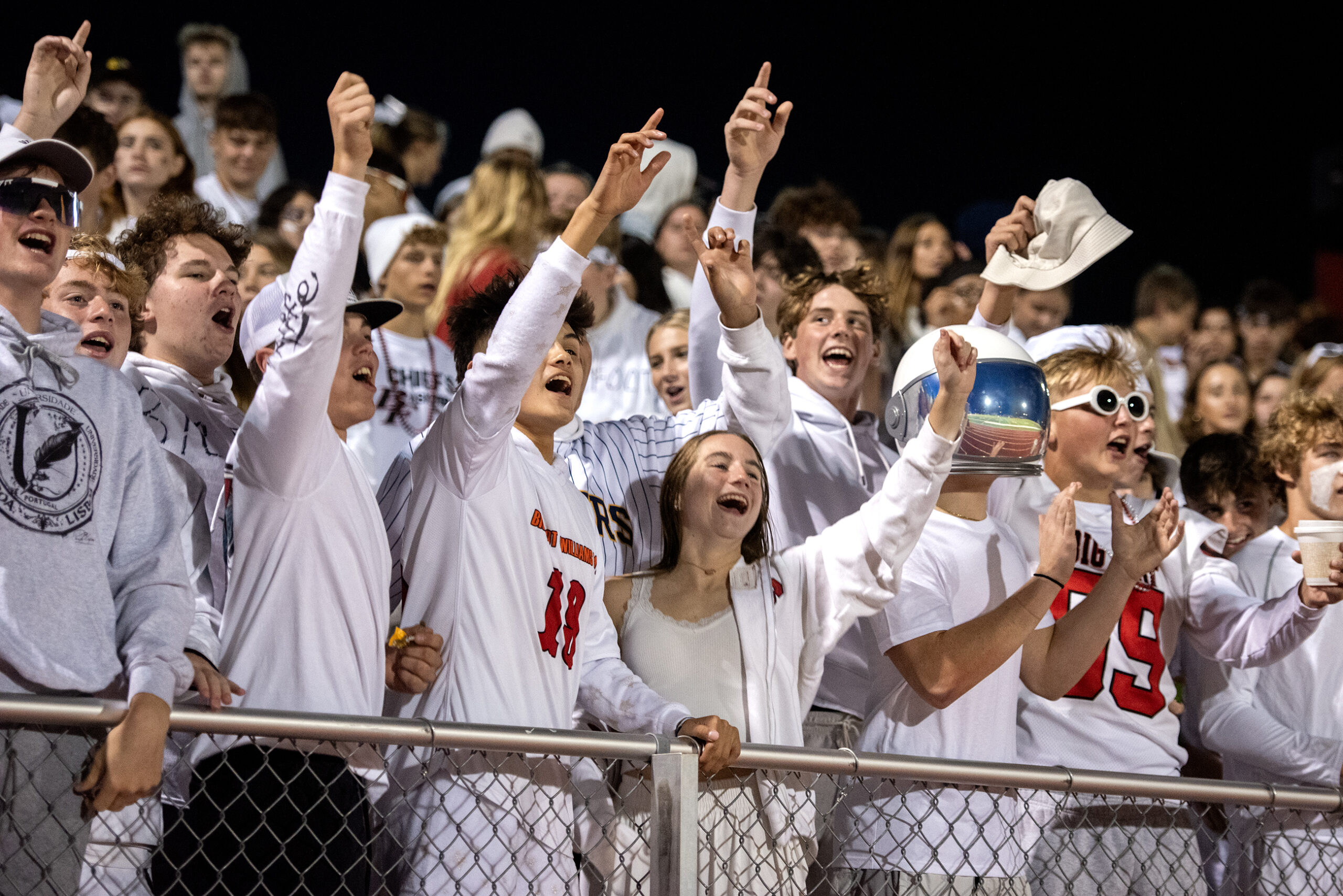
For the most part, parents and students didn’t mind the change. Nicole Raskin, who is the student council adviser and the parent of a senior, said making the switch to soccer was the best solution the school could have come up with.
“As a parent, we have heard only positive,” Raskin said. “Every single comment said we hope our football players get healthy, and we’re so excited our soccer players get this experience.”
Looking out at the stands before the game, soccer star Hudson Torrez, 17, said he had never seen so many fans.
“I mean football has always been a big sport — we won state in 2009, but it’s good to see a change for soccer now,” Torrez said. “We’re ranked ninth in the state, so I think people are going to start to come and enjoy the games.”
Wisconsin Public Radio, © Copyright 2025, Board of Regents of the University of Wisconsin System and Wisconsin Educational Communications Board.

